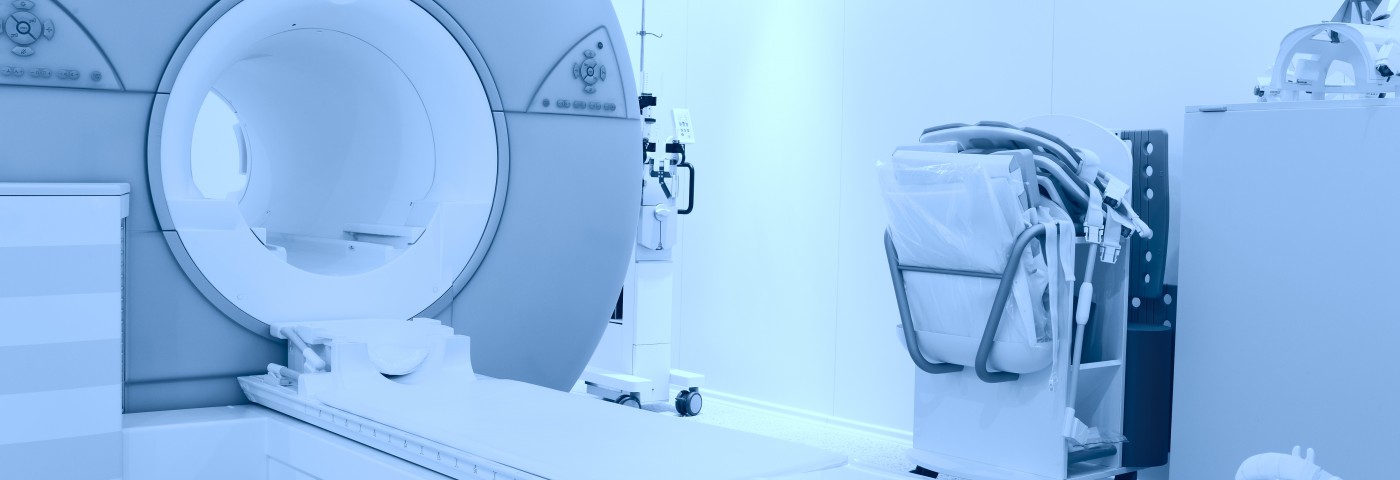Researchers from the University of Michigan (U-M) reported that positron emission tomography (PET) scans, often used to detect and monitor cancer recurrence, do not improve survival in cancer patients. The study, “Use of Positron Emission Tomography to Detect Recurrence and Associations With Survival in Patients With Lung and Esophageal Cancers,“ was published in the Journal of the National Cancer Institute.
Cancer is a disease characterized by abnormal cell growth, and the most common cancer is lung cancer. One important characteristic of cancer is its ability to invade or spread to other parts of the body, or metastasize. Even with procedures like surgery, patients may not fully heal because they can experience the recurrence of cancer cells in the same organs or elsewhere.
To monitor recurrences of tumors, an imaging technique called PET is often used by doctors as a primary tool to follow changes in organs or response to treatment. PET is a powerful tool for the early detection of tumor recurrence. However, because it is expensive, Medicare limits its use to three follow-up PET scans per cancer patient.
U-M researchers examined how frequently the PET tool is utilized by survivors of lung and esophageal cancer, instead of other less expensive options. The team analyzed Medicare data of more than 100,000 patients having lung and esophageal cancer in the mid-2000s, and follow-up treatments through 2011.
The study found that the survival rate of cancer patients is the same with or without the use of PET scans.
“PET scanning is a great technology and very effective, but using it in this way doesn’t seem to make any difference for these cancers that have a relatively poor prognosis,” the study’s lead author, Dr. Mark Healy, a surgical resident and research fellow at the U-M Department of Surgery and member of the Center for Health Outcomes & Policy, said in a news release. “The appropriate use of PET scanning in follow-up care for lung and esophageal cancer is after findings on lower-cost imaging options.”
Researchers found that PET is used more frequently than other methods. More than 22 percent of lung cancer patients and 31 percent of the esophageal cancer patients underwent, at least, one PET scan without undergoing other options like computed tomography (CT) scans.
“Our work shows that almost no one is getting to the three-scan limit set by Medicare. But with many thousands of patients getting one or two scans across the whole country, this is still a very large number, with very high costs. If the intention of the policy is to curb overuse, this doesn’t seem to be a very effective method, and the agency should re-evaluate how it structures its limits,” Healy said.
The frequency of PET scans depends on the hospital: Some never used it and others use it up to eight times more than others. The researchers concluded that new guidelines should be followed in the future in order to improve the appropriateness of PET use in cancer patients.
“Following evidence-based guidelines for clinical follow-up is the way to go. Don’t order PET in asymptomatic patients,” Healy said. “And for patients, if you are not having symptoms and you’re doing well, there’s no reason to seek out this scan.”

